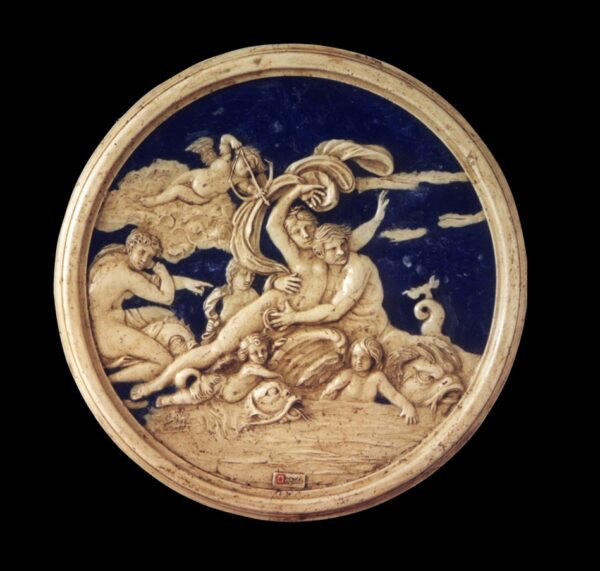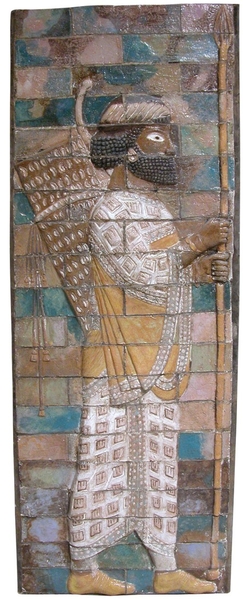Description
Relief “Glaucus and Scylla”. Decorative relief made of molded alabaster (alabaster powder bound with resins). Application of polychromes and aging patinas based on natural earth pigments.
Measurements: 58 cm in diameter.
Reproductions of sculptures and reliefs, inspired by original museum pieces. Renaissance and Baroque art. Handmade in Spain. Ideal for interior decoration (living rooms, lobbies, libraries, and offices). Not suitable for outdoors.
Relief “Glaucus and Scylla”. This relief is inspired by the frescoes of Annibale and Agostino Carracci from the Farnese Palace in Rome. The scenes in these frescoes exalt the power of love, through the evocation of classical myths. It stands out for the naturalism of the paintings, which reinforce the sensuality and eroticism of the represented love themes.
Annibale Carracci (1560-1609), along with his brother Agostino Carracci (1557-1602), were two painters from the end of the Renaissance and the beginning of the Baroque period. In 1597, the nephew of Pope Paul III, Cardinal Odoardo Farnese, commissioned them to decorate the Farnese Palace in Rome. The frescoes they painted in the gallery on the main floor of the palace were considered masterpieces in later centuries for their technical perfection.
The decoration of this gallery consists of a series of paintings depicting different mythological scenes under the theme “The Loves of the Gods,” situated around the main scene “The Triumph of Bacchus and Ariadne,” which occupies the central panel of the ceiling of the room. An example is this fragment showing the sea god Glaucus and the nymph Scylla, who was turned into a monster by the sorceress Circe.
Reliefs inspired by Renaissance and Baroque works contribute to the decoration of our homes with the harmony and elegance of art from other periods.
These classic reliefs, with their representations of mythological scenes, help us remember the influence of Renaissance and Baroque art, which has come down to us as a testament to the love of these artistic movements for the heritage of classical antiquity and their pursuit of timeless beauty.













Reviews
There are no reviews yet.